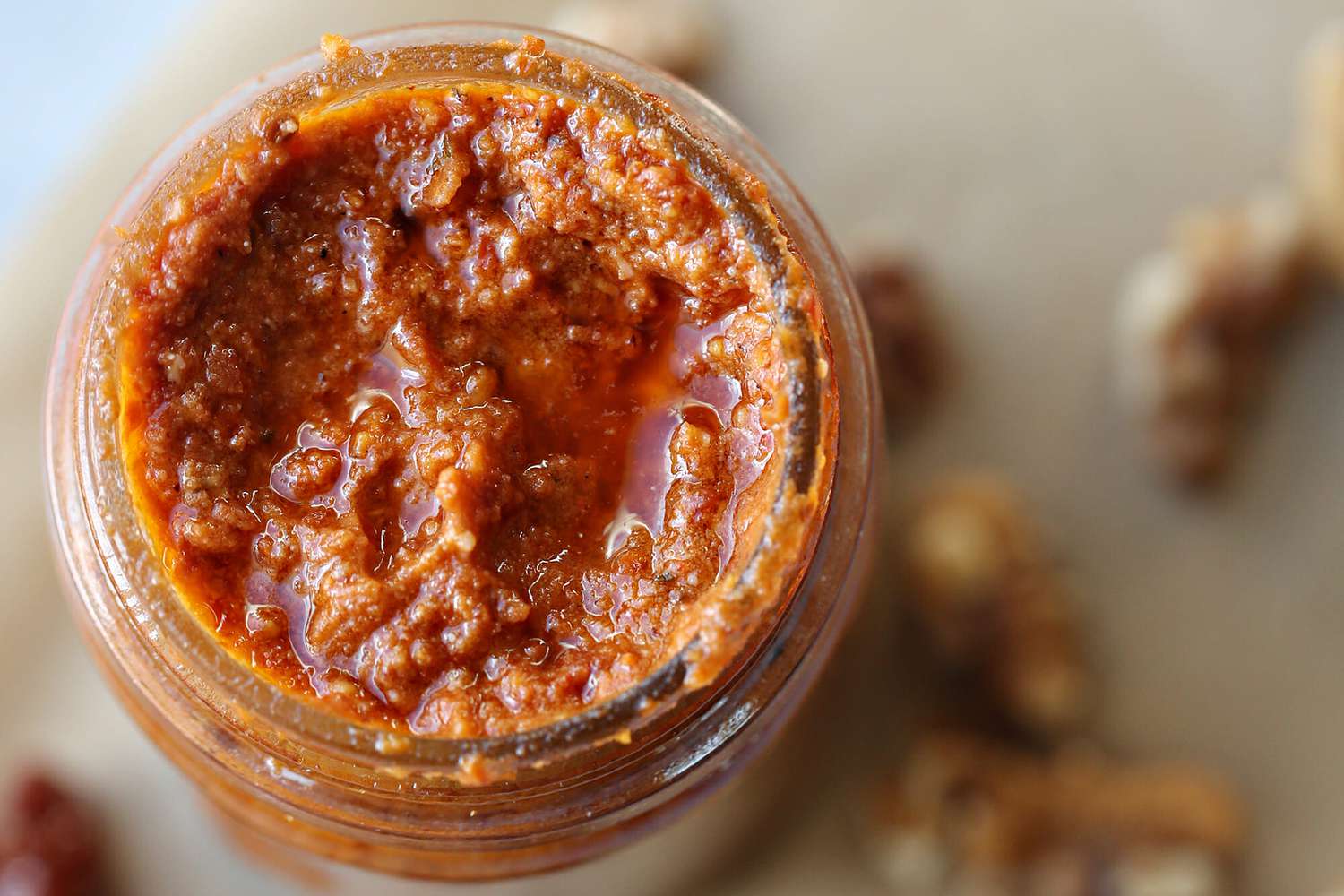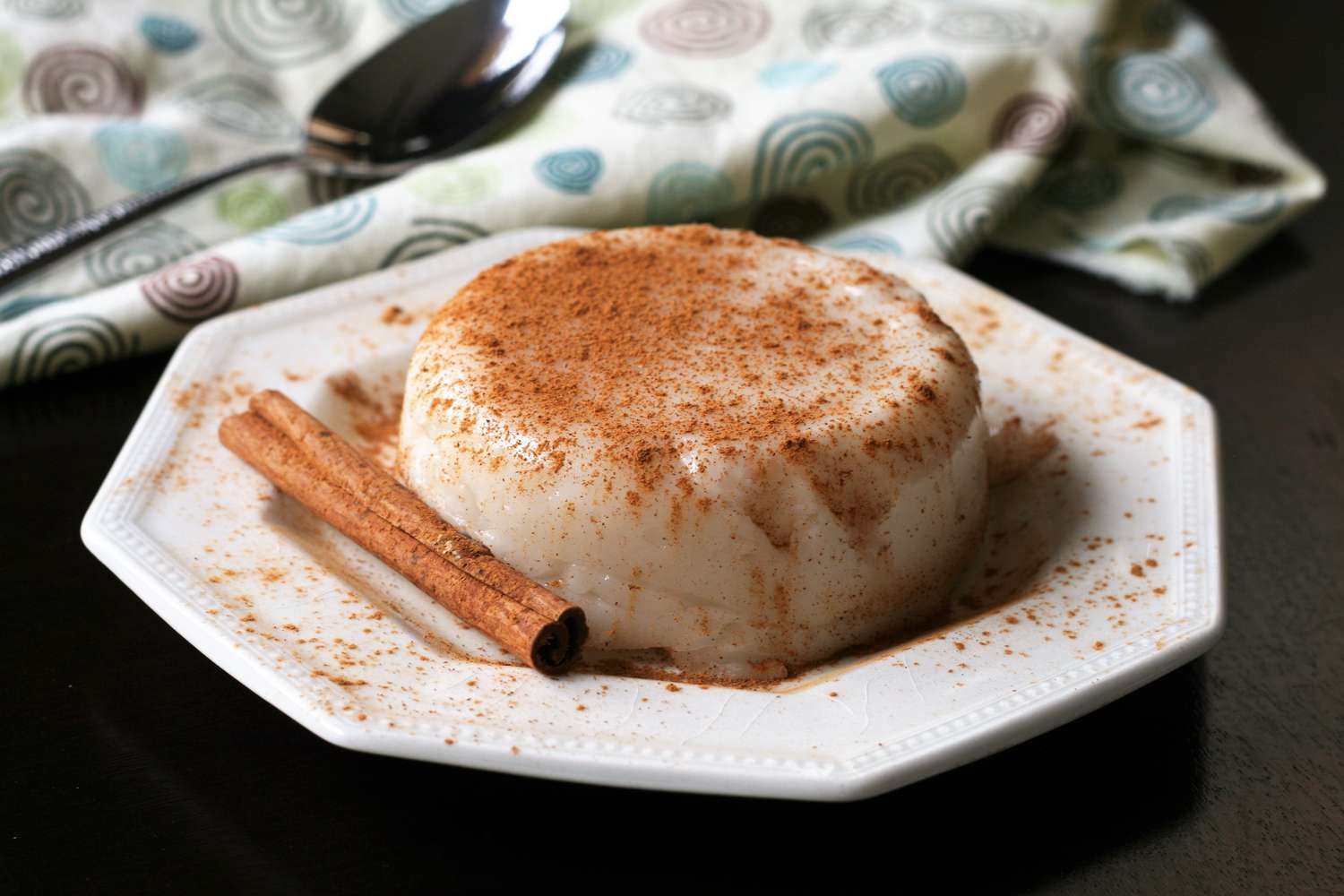When it comes to baking and confectionery, two ingredients that often get mixed up are marzipan and almond paste. While they may seem similar, there are some key differences between the two that can affect the outcome of your recipes. In this article, we'll explore the characteristics of marzipan and almond paste, and highlight the distinctions between them.
What is Marzipan?
Marzipan is a sweet, pliable confection made from almonds, sugar, and egg whites. It has a smooth texture and is commonly used in cake decorating, sculpting, and filling pastries. Marzipan is known for its versatility and is often flavored with almond extract or other natural flavorings. This gives it a distinct almond flavor that is loved by many.
What is Almond Paste?
Almond paste, on the other hand, is also made from almonds and sugar, but it has a coarser texture compared to marzipan. It contains a higher proportion of almonds and is less sweet than marzipan. Almond paste is commonly used in baking to add a rich, nutty flavor to pastries, cookies, and cakes. It can also be used as a filling for various baked goods.
Key Differences
Now that we understand the basic definitions of marzipan and almond paste, let's delve into the key differences between the two:
-
Texture: Marzipan has a smooth, fine texture, making it ideal for shaping and molding into intricate designs. Almond paste, on the other hand, has a coarser texture, which makes it better suited for fillings and adding flavor to baked goods.
-
Sweetness: Marzipan is sweeter than almond paste due to the addition of more sugar. This makes it a popular choice for covering cakes and creating decorative figures.
-
Almond Content: Almond paste contains a higher proportion of almonds compared to marzipan. This gives it a stronger almond flavor and a more rustic texture.
-
Usage: Marzipan is commonly used for cake decorating, sculpting, and creating edible decorations. Almond paste is often used as a filling for pastries, cookies, and cakes, as well as in the preparation of certain desserts.
How to Use Them in Recipes
When it comes to using marzipan and almond paste in recipes, it's important to consider their distinct characteristics. Here are some tips on how to use them effectively:
-
Marzipan: Use marzipan for covering cakes, creating decorative shapes, and adding a sweet almond flavor to desserts. It can also be rolled out and used as a thin layer in pastries.
-
Almond Paste: Use almond paste as a filling for pastries, cookies, and cakes to add a rich, nutty flavor. It can also be mixed into batters and doughs to infuse them with almond goodness.
Conclusion
In conclusion, while marzipan and almond paste share some similarities, they have distinct differences in terms of texture, sweetness, almond content, and usage. Understanding these differences will help you choose the right ingredient for your specific baking needs. Whether you're looking to create intricate cake decorations or add a nutty richness to your baked goods, knowing the nuances between marzipan and almond paste will elevate your culinary creations.
Was this page helpful?
Read Next: What Is Lobster Cantonese











